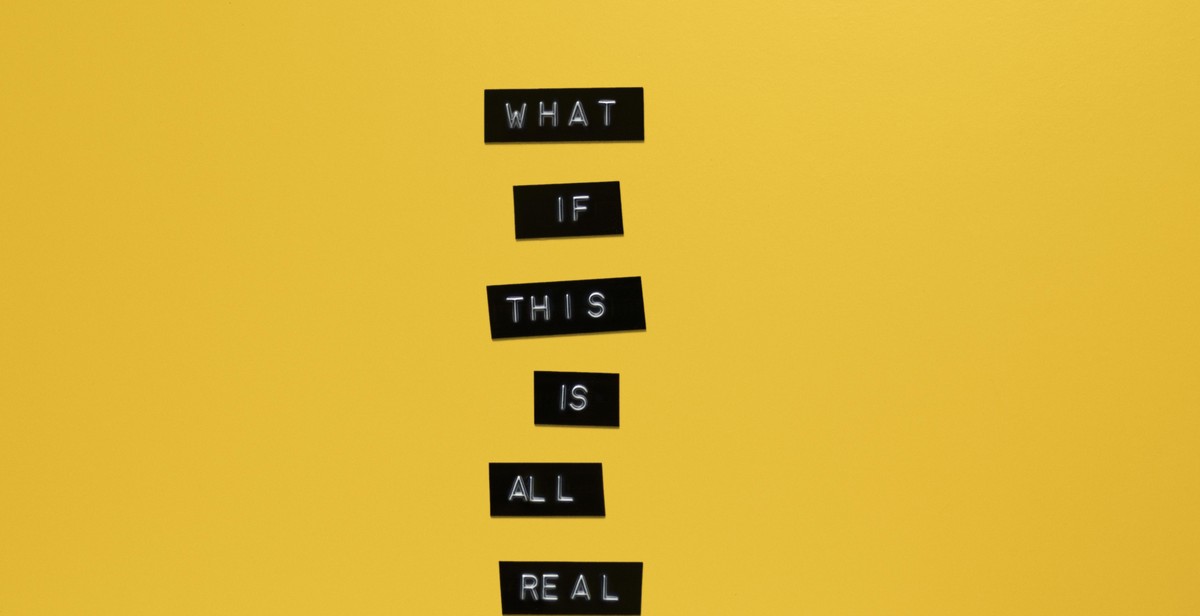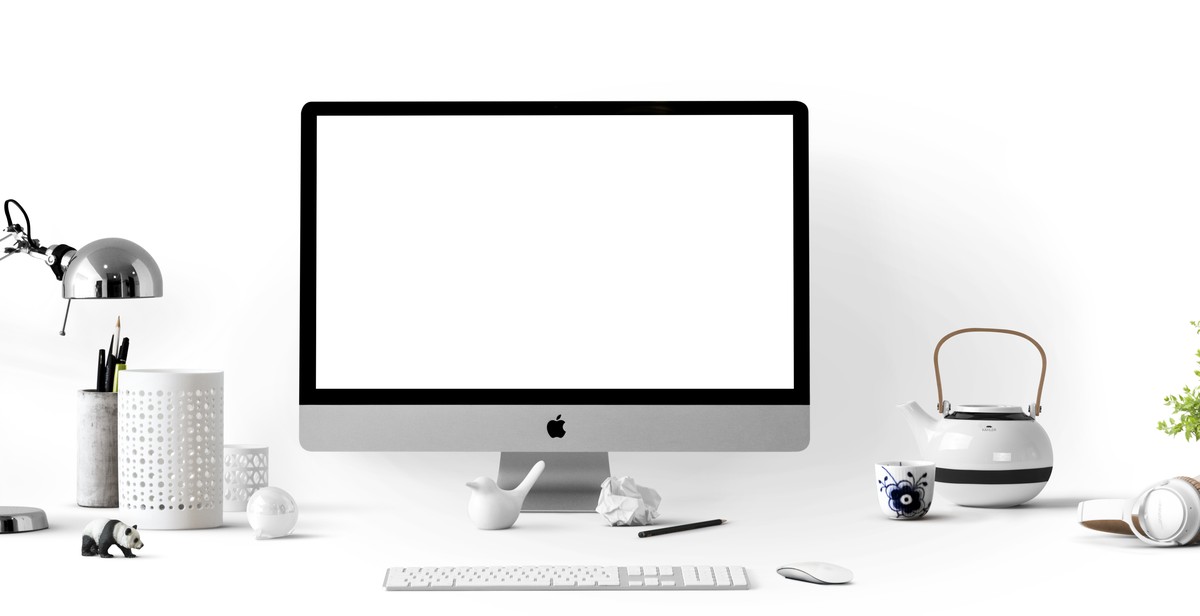How to Pair Fonts in Email Newsletters: Enhancing Readability and Brand Consistency
When it comes to creating email newsletters, choosing the right fonts can make a big impact on the overall design and effectiveness of your message. The right font pairing can enhance readability and brand consistency, while the wrong pairing can be distracting and unprofessional. In this article, we will explore the importance of font pairing in email newsletters and provide tips on how to choose the best font combinations to improve your newsletter design.
Why is font pairing important in email newsletters?
Font pairing is the process of selecting two or more fonts that complement each other and work well together in a design. In email newsletters, font pairing is important for two main reasons:
- Readability: The right font pairing can make your newsletter easier to read, which is especially important for longer newsletters. A good font pairing can also help emphasize important information and make your newsletter more visually appealing.
- Brand consistency: Using consistent fonts in your email newsletters can help reinforce your brand identity and make your newsletters more recognizable to your subscribers.
How to choose the best font combinations for email newsletters
Choosing the right font combination for your email newsletter can be a daunting task, but there are some guidelines that can help:
- Stick to two fonts: Using too many fonts can be overwhelming and distracting. Stick to two fonts, one for headings and one for body text.
- Choose contrasting fonts: Pairing fonts that are too similar can make your newsletter look bland. Choose fonts that have contrasting styles, such as a serif font paired with a sans-serif font.
- Consider your brand: Choose fonts that align with your brand identity and messaging. If your brand is modern and sleek, choose fonts with a clean and minimalist style.
By following these guidelines, you can create a font pairing that enhances the readability and brand consistency of your email newsletters.

Why Font Pairing is Important in Email Newsletters
When it comes to designing email newsletters, choosing the right fonts can make a huge difference in the success of your campaign. Font pairing is the process of choosing two or more complementary fonts to use together in your design. This technique is important for two main reasons: readability and brand consistency.
The Importance of Readability
Readability is the ease with which a reader can understand and comprehend the text. Choosing the right font pairing can greatly enhance the readability of your email newsletter. A well-paired font combination can make the text more legible, improving the overall user experience and encouraging readers to engage with your content.
For example, pairing a serif font with a sans-serif font can create a nice contrast and help guide the reader’s eyes through the content. A serif font can be used for headings or subheadings, while a sans-serif font can be used for body text. This creates a clear hierarchy and makes the content easier to read.
The Role of Brand Consistency
Brand consistency is the practice of maintaining a consistent look and feel across all marketing materials. This includes using the same fonts, colors, and imagery throughout all communications. Font pairing can play a significant role in achieving brand consistency in email newsletters.
By choosing fonts that align with your brand’s personality and tone, you can create a cohesive look and feel that reinforces your brand identity. This can help increase brand recognition and establish trust with your audience.
For example, if your brand has a modern and minimalistic aesthetic, you may want to pair a sans-serif font with a thin and elegant serif font. This creates a clean and sophisticated look that aligns with your brand values.
Conclusion
Font pairing is an essential aspect of designing email newsletters. By choosing complementary fonts that enhance readability and reinforce brand consistency, you can create engaging and effective email campaigns that resonate with your audience.

Factors to Consider When Pairing Fonts in Email Newsletters
Choosing the right fonts for your email newsletters is important for enhancing readability and maintaining brand consistency. Here are some factors to consider when pairing fonts:
Font Families
Font families refer to a group of typefaces that share similar design characteristics. When selecting font families for your email newsletters, it’s important to choose fonts that complement each other. For example, pairing a serif font with a sans-serif font can create a nice contrast that enhances readability.
Font Weight
Font weight refers to the thickness or thinness of the font. When pairing fonts, it’s important to consider the weight of each font. For example, pairing a bold font with a light font can create a nice contrast that draws attention to important information.
Font Size and Line Height
Font size and line height are important factors to consider when pairing fonts. It’s important to choose a font size and line height that are easy to read and provide enough space between lines of text. A good rule of thumb is to use a font size of at least 16px and a line height of at least 1.5.
Contrast
Contrast is an important factor to consider when pairing fonts. Pairing fonts with contrasting styles can create a dynamic and visually appealing design. For example, pairing a script font with a bold sans-serif font can create a nice contrast that draws attention to important information.
| Font Family | Font Weight | Font Size | Line Height | Example |
|---|---|---|---|---|
| Serif | Regular | 18px | 1.5 | Serif font for headings and a sans-serif font for body text |
| Sans-serif | Bold | 24px | 1.5 | Bold sans-serif font for headings and a light sans-serif font for body text |
| Script | Regular | 20px | 1.5 | Script font for headings and a serif font for body text |
By considering these factors when pairing fonts, you can create email newsletters that are both aesthetically pleasing and easy to read.

Best Practices for Pairing Fonts in Email Newsletters
When designing an email newsletter, choosing the right font pairing can make a huge difference in readability and brand consistency. Here are some best practices to keep in mind:
Use a Maximum of Two Fonts
Using too many fonts can make your newsletter look cluttered and unprofessional. Stick to a maximum of two fonts to keep your design clean and simple.
Choose Fonts that Complement Each Other
When choosing your fonts, make sure they complement each other in terms of style and tone. For example, pairing a serif font with a sans-serif font can create a nice contrast while still maintaining readability.
Use Contrast to Create Hierarchy
Using contrast in font size, weight, and color can help create hierarchy and guide the reader’s eye through your newsletter. For example, using a larger and bolder font for headlines and a smaller and lighter font for body text can create a clear distinction between the two.
Test for Readability
Before sending out your newsletter, make sure to test it for readability. Use different devices and email clients to see how your fonts look on different screens and adjust accordingly. Also, make sure your font size is large enough to be easily readable on mobile devices.
| Font 1 | Font 2 |
|---|---|
| Open Sans | Roboto Slab |
| Montserrat | Lato |
| Helvetica | Garamond |
By following these best practices, you can create a visually appealing and easy-to-read email newsletter that effectively communicates your brand’s message to your audience.

Examples of Well-Paired Fonts in Email Newsletters
Choosing the right fonts for your email newsletters can be a daunting task. However, the following examples of well-paired fonts can inspire you to create a visually appealing and readable email newsletter that aligns with your brand identity:
1. Open Sans and Roboto
| Open Sans | Roboto |
| ABCDEFGHIJKLMNOPQRSTUVWXYZ | ABCDEFGHIJKLMNOPQRSTUVWXYZ |
| abcdefghijklmnopqrstuvwxyz | abcdefghijklmnopqrstuvwxyz |
This combination of sans-serif fonts is perfect for a modern and clean email newsletter design. Open Sans is a versatile font that is easy to read, while Roboto is a more condensed font that can be used for headings or subheadings.
2. Lato and Merriweather
| Lato | Merriweather |
| ABCDEFGHIJKLMNOPQRSTUVWXYZ | ABCDEFGHIJKLMNOPQRSTUVWXYZ |
| abcdefghijklmnopqrstuvwxyz | abcdefghijklmnopqrstuvwxyz |
Lato is a contemporary sans-serif font that is easy to read and can be used for body text. Merriweather is a serif font that adds a touch of elegance and can be used for headings or subheadings.
3. Montserrat and Playfair Display
| Montserrat | Playfair Display |
| ABCDEFGHIJKLMNOPQRSTUVWXYZ | ABCDEFGHIJKLMNOPQRSTUVWXYZ |
| abcdefghijklmnopqrstuvwxyz | abcdefghijklmnopqrstuvwxyz |
This pairing of sans-serif and serif fonts creates a modern and sophisticated look for your email newsletter. Montserrat is a geometric sans-serif font that is perfect for body text, while Playfair Display is a classic serif font that can be used for headings or subheadings.
- Tip: When pairing fonts, make sure to choose fonts with similar x-heights and contrast to ensure readability.

Conclusion
Pairing fonts in email newsletters is a crucial step in enhancing readability and brand consistency. It is important to choose fonts that complement each other and create a cohesive look and feel for your brand. By following the tips and guidelines outlined in this article, you can create visually appealing and effective email newsletters that engage your audience and communicate your message effectively.
Key Takeaways
- Choose fonts that are easy to read and complement each other
- Consider your brand’s personality and image when selecting fonts
- Use contrast to create visual interest and hierarchy
- Limit the number of fonts used in your newsletter to maintain consistency
- Test your font pairings on different devices and email clients to ensure they are legible
Final Thoughts
Pairing fonts in email newsletters may seem like a small detail, but it can have a significant impact on the effectiveness of your communication and the overall perception of your brand. By taking the time to choose the right fonts and pair them effectively, you can create email newsletters that are not only easy to read but also visually appealing and consistent with your brand’s image.
| Need help with your email newsletters? | Our team of experienced content creators can help you design and write effective email newsletters that engage your audience and drive results. Contact us today to learn more. |
